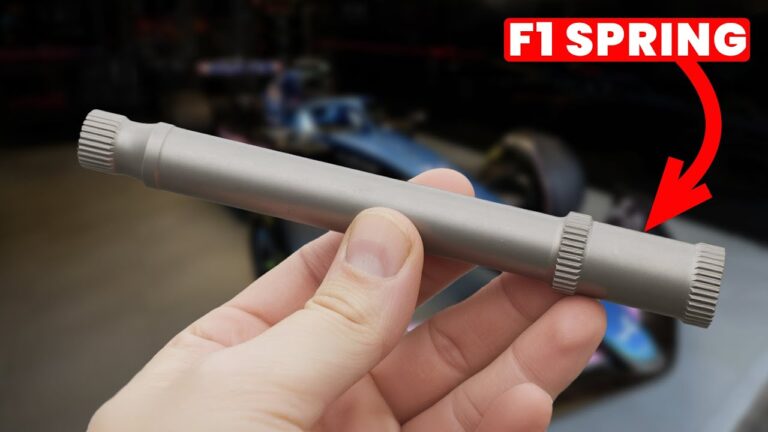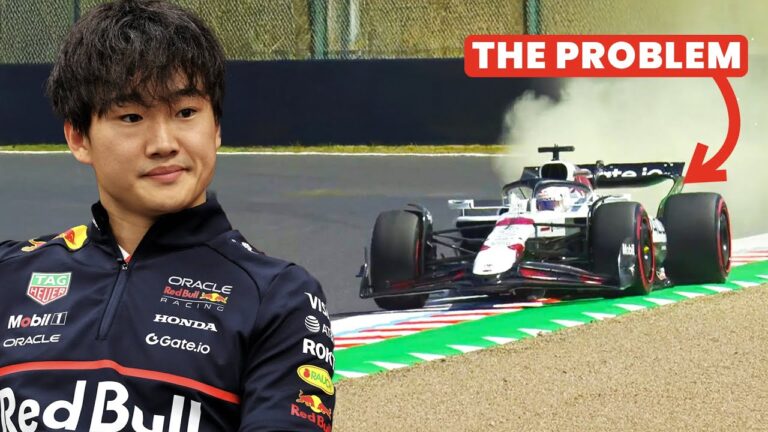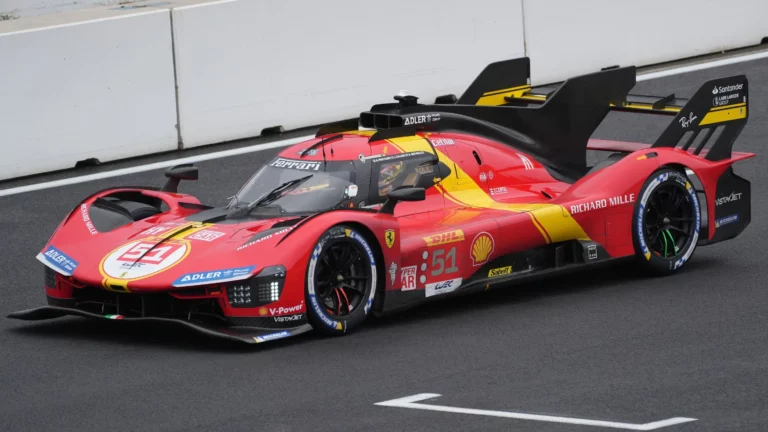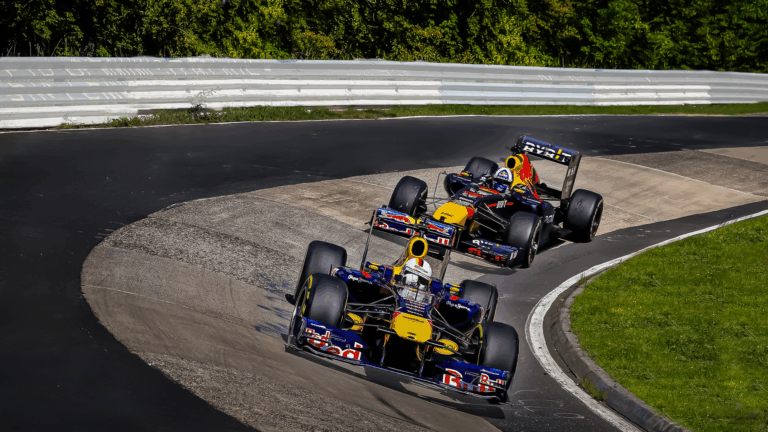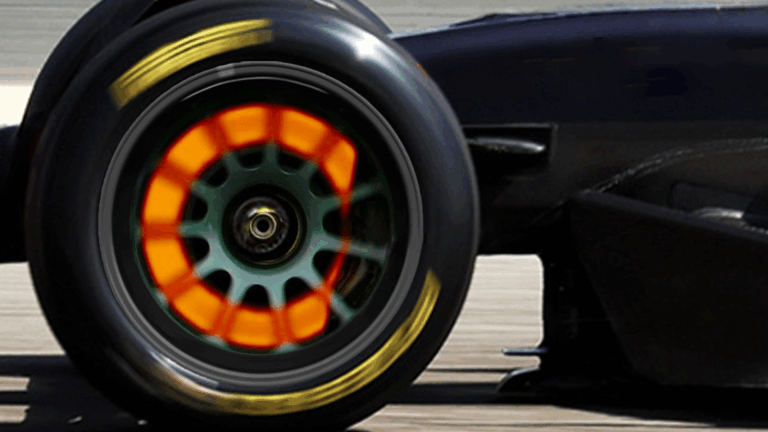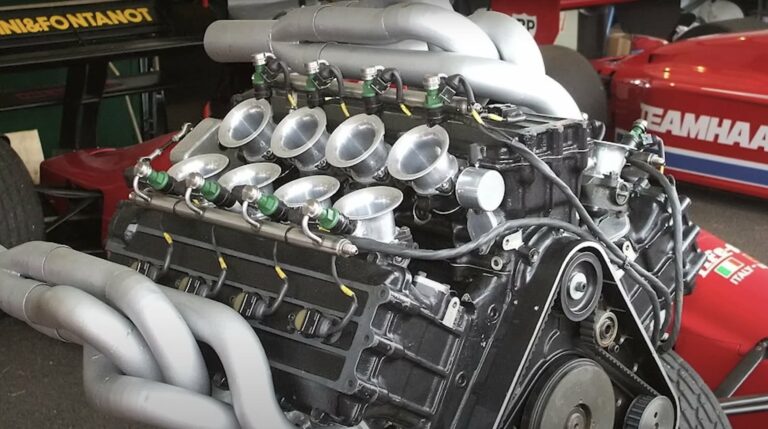
The turbocharged era of Formula One was one of engineering ambition, mechanical ingenuity, and sheer speed. It brought with it unprecedented power, groundbreaking innovation, and an array of challenges. The journey started in 1977 when Renault introduced the RS01, the first turbocharged F1 car.
While its debut was riddled with reliability issues, this daring venture forever changed the sport.
The Birth of Turbo Power
Since 1966, Formula One regulations allowed engine designs up to three litres of naturally aspirated capacity. Alternatively, teams could opt for forced induction engines capped at 1.5 litres. However, turbos remained unexplored for over a decade. Most teams favoured simpler, naturally aspirated engines like the Ford Cosworth DFV, celebrated for its power, reliability, and affordability.
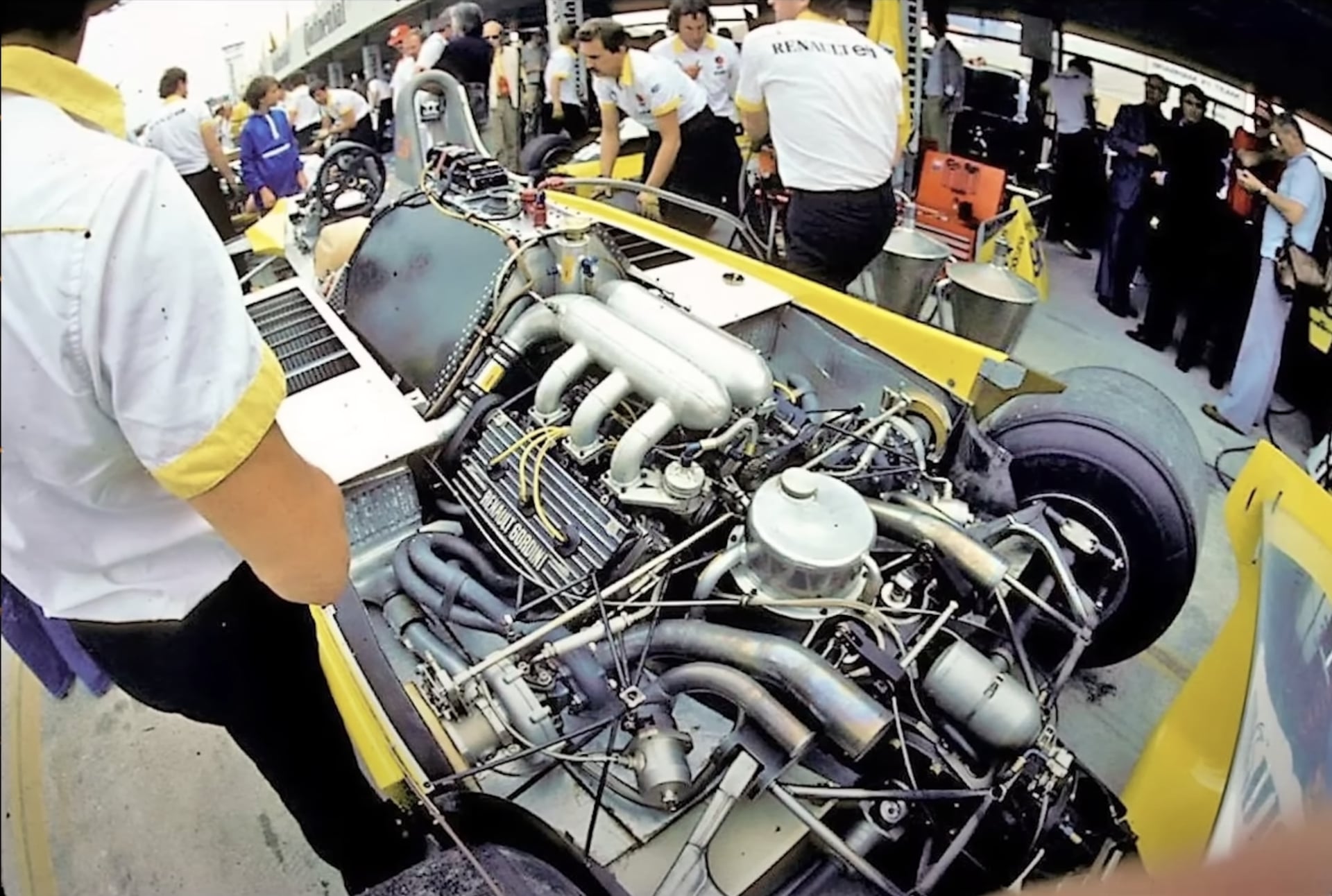
Renault, however, saw potential in turbocharging, leveraging its expertise from endurance racing. Their 1.5-litre turbocharged V6 engine, developed alongside their Le Mans-winning V6, debuted in the RS01. Despite producing a competitive 510 horsepower, the car suffered from chronic reliability issues, earning the nickname “Yellow Teapot” due to frequent engine failures. Yet, Renault persisted, gradually transforming their concept from an unreliable experiment into a competitive powerhouse.
Turbocharging Takes Over
By 1978, the RS01 began to show promise. The turbo’s immense power advantage was evident on high-speed circuits like Watkins Glen. Although plagued by turbo lag – an inherent delay as the turbo built pressure—the Renault capitalised on its straight-line speed. Engineers worked tirelessly to solve heat dissipation issues and manage the engine’s immense stress under high boost pressures. Innovations such as water injection to cool intake air emerged as critical solutions.
As Renault refined their engine, other teams took notice. By the early 1980s, turbocharged engines dominated the grid, with manufacturers like BMW pushing the limits of technology. The BMW M12/13, for instance, achieved a staggering 1,400 horsepower in qualifying trim. This power, combined with F1’s minimal weight regulations, created machines capable of breathtaking performance.
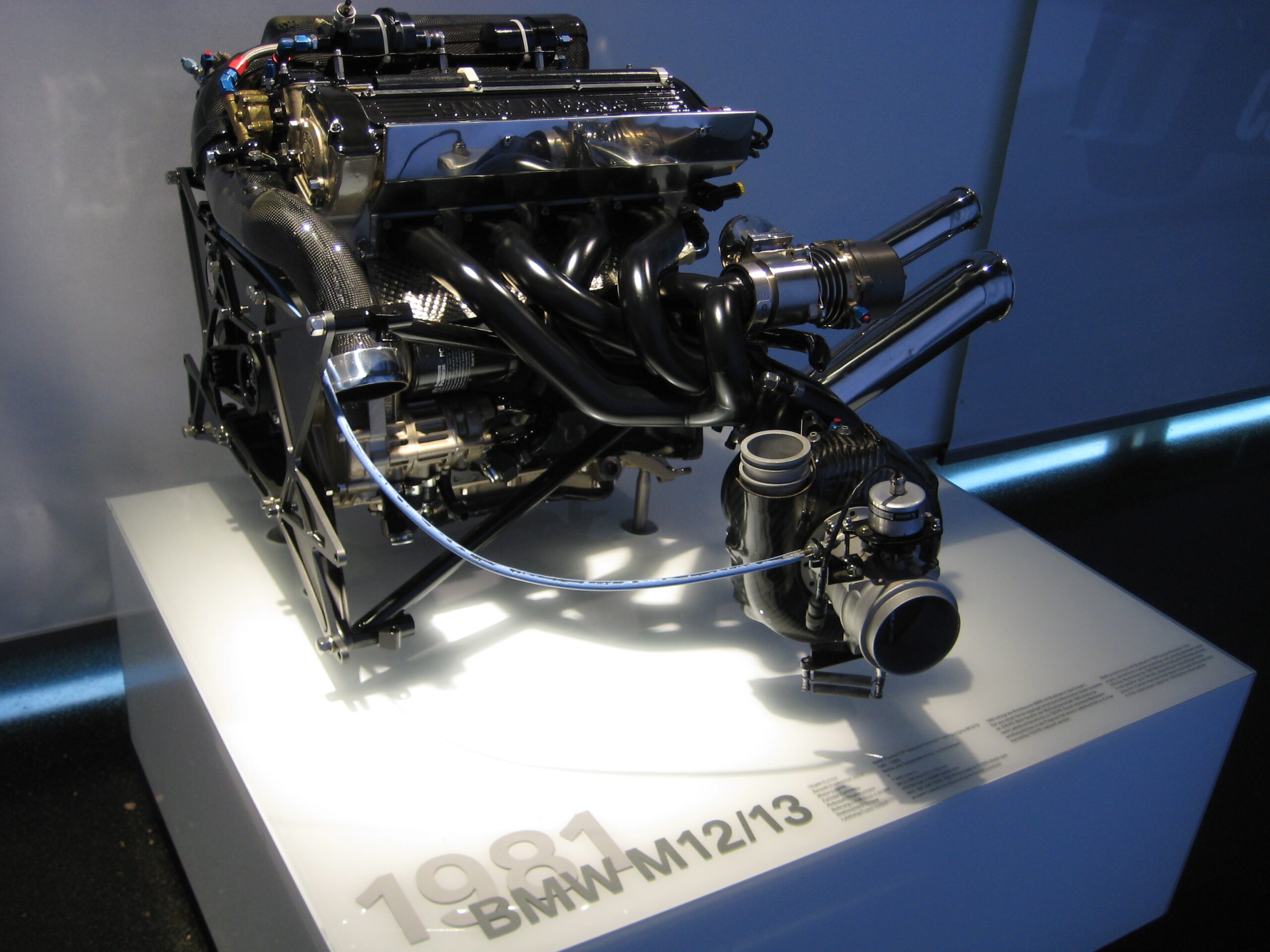
Engineering Challenges: Heat, Lag, and Durability
Turbocharged engines brought unique challenges. Excessive heat often led to catastrophic failures, prompting innovative cooling methods. Detonation, where fuel prematurely combusted under high pressure, was another significant issue, sometimes resulting in shattered components.
Turbo lag also required a new driving style. Drivers had to anticipate the delayed surge of power, feathering the throttle to maintain control. This was particularly treacherous in wet conditions, where the sudden spike in torque could overwhelm the tyres and gearbox.
To combat lag, teams experimented with twin-turbo setups and variable geometry turbos. These technologies, which adjusted turbo performance at different engine speeds, laid the groundwork for modern turbocharged road cars.
The Rise of Qualifying Engines
One of the turbo era’s most fascinating innovations was the advent of qualifying engines. These setups prioritised peak power over durability, allowing teams to run higher boost pressures for a single flying lap. Engines often failed after just a few laps, but that didn’t matter; fresh engines were installed for the race.
With boost pressures exceeding 4.0 bar in some cases, qualifying engines delivered extraordinary performance. However, the trade-off between reliability and power made these machines volatile and challenging to handle.
The End of an Era
By the late 1980s, turbocharged engines reached their zenith. With advancements in fuel technology and engineering, these engines became almost too powerful for the sport. Regulatory changes, such as limiting fuel tank sizes and reducing allowable boost pressure, aimed to curb speeds. Finally, in 1989, turbocharged engines were banned altogether, ushering in the naturally aspirated era once more.
The turbo era remains a testament to Formula One’s spirit of innovation. It pushed engineers to the brink of technological possibility, delivering some of the most powerful and complex engines in motorsport history. Even today, its legacy lives on in the turbocharged road cars and hybrid F1 engines that continue to thrill enthusiasts around the world.




